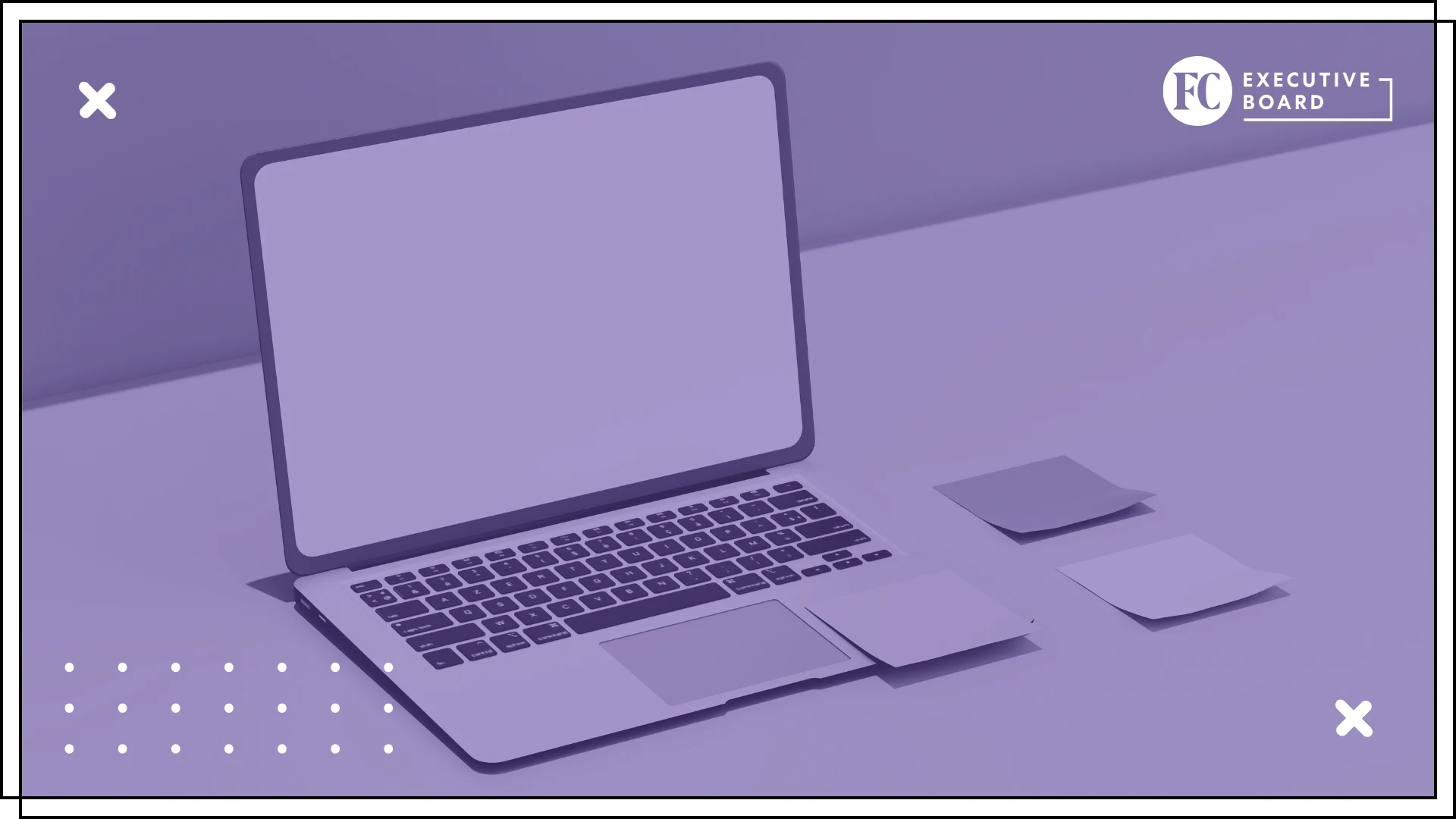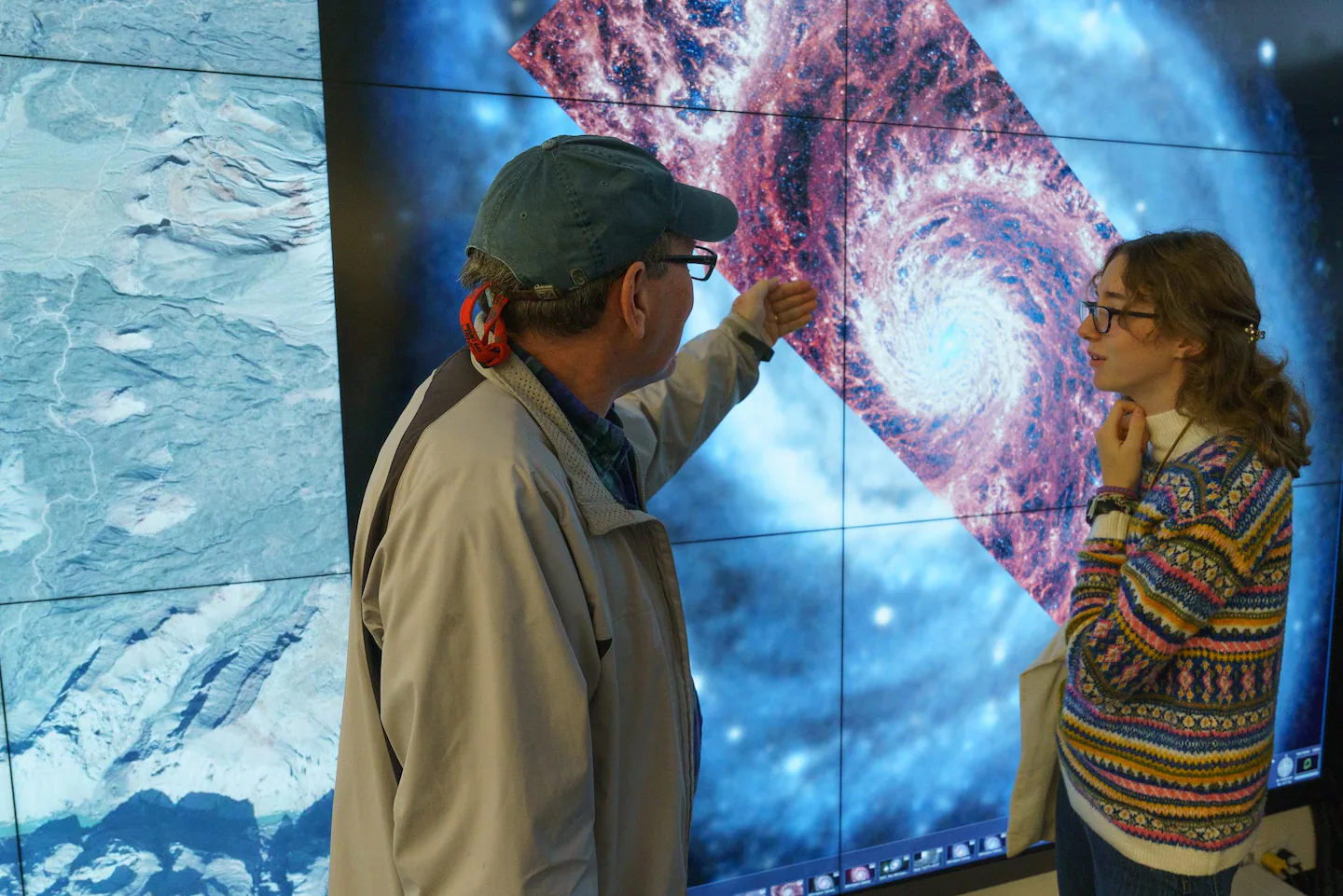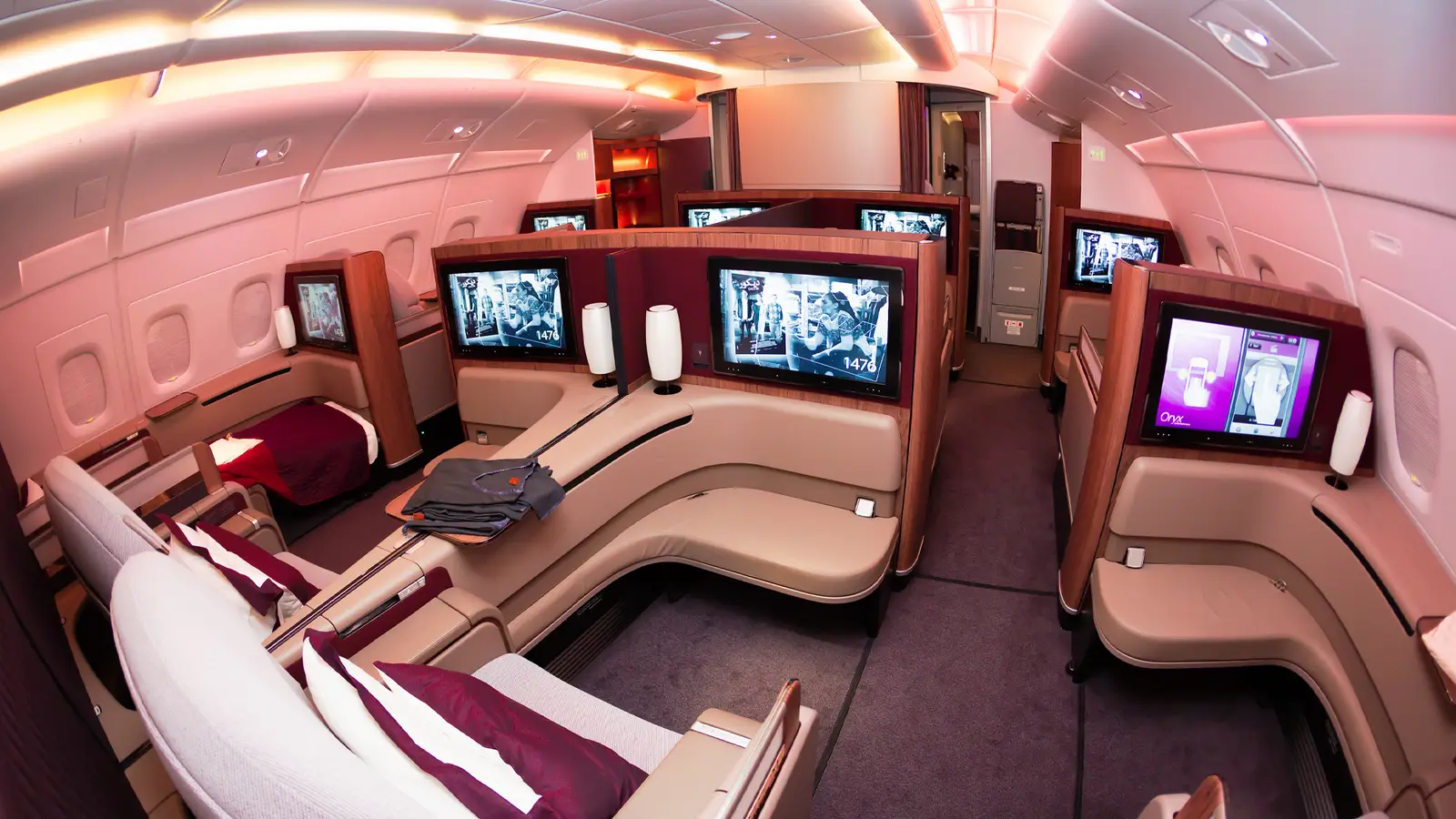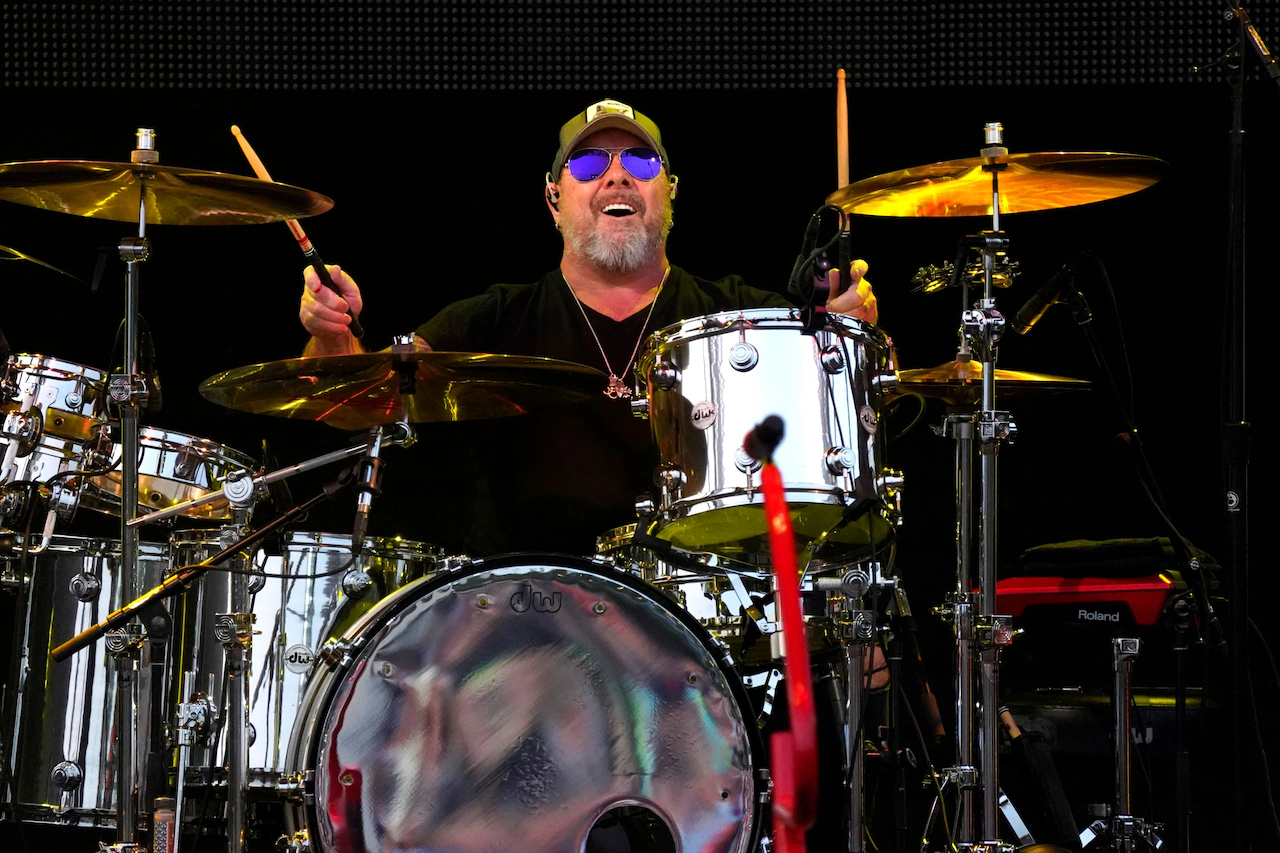Copyright Fast Company

By now, most of us have had our “oh sh*t” moment experimenting with AI and seeing firsthand how it can transform not just our work, but our lives. For me, that moment came when I realized how much AI could improve something I’ve always struggled with: Email and project management. As someone with dyslexia and ADHD who also happens to be the CEO of two companies, email has long been a challenge. But today, I can dictate what I want to say to a key supplier, and AI translates it into a clear response that captures both my tone and the right level of professionalism. It has unlocked my productivity and potential, freeing up more time to spend on the work I do best. Recently, during a meeting with a large tech company about the design of office workstations, I had a flashback to the movie Minority Report with Tom Cruise. And it hit me: Within the next decade, laptops may become obsolete in most office spaces. If that sounds bold, you’re right. But here’s why I believe it. Subscribe to the Daily newsletter.Fast Company's trending stories delivered to you every day Privacy Policy | Fast Company Newsletters WE’RE APPROACHING THE LIMITS OF LAPTOPS Laptops are remarkable tools that are deeply entrenched in every corner of our lives, but even they are not immune to AI disruption. The future of work may not live inside a 13-inch screen. It might be embedded in the space around us. Imagine walking into a workstation and, instead of opening a laptop, an AI assistant that already knows your schedule, sensory preferences, and to-do list greets you. It’s visual. It’s voice activated. It’s touchscreen. And it’s learning as you go. The “device” is no longer the interface. You are. AI ASSISTANTS AREN’T COMING—THEY’RE ALREADY HERE We are seeing the early phases of this with tools like Microsoft Copilot that can summarize meetings, prepare slide decks, and draft emails based on minimal input. These assistants are already freeing up cognitive space. The next evolution is moving these assistants into the environment itself, integrating them directly into your workspace with multi-modal interfaces that allow you to interact, however your brain works best. For neurodivergent professionals like me, that is not a bonus feature; it is essential. Growing up with dyslexia and ADHD, I have spent my career building systems that reduce friction and amplify strengths. Having an AI partner that supports, rather than replaces, my thinking allows me to stay in the flow longer and focus on the work that matters. WHY WORKSTATIONS WILL DISRUPT LAPTOPS The vision I’m describing is not science fiction, and it’s not even that far off. If you consider how much of our workday is already moving beyond static typing—voice notes, video calls, gestural controls, and even real-time captioning—it is clear we are transitioning from screens to spaces. Smart workstations, designed around human needs and AI integration, offer something laptops never will: Environmental control. Lighting, sound, airflow, privacy, and noise are all customizable. And not just for comfort, but for performance. As I mentioned earlier, if this vision sounds a little like Minority Report with Tom Cruise swiping holograms in the air, that is because we are closer to that reality than we think. The future workstation will not look like a sci-fi movie, but the principle is the same: Future environments will respond seamlessly to our gestures, voices, and preferences. The workspace itself becomes the computer, and the worker is free to think, create, and problem-solve without being tethered to a keyboard. OFFICES MUST KEEP UP The speed and ability to access information from anywhere is only going to increase. This shift demands agile and intelligent workspaces. Static desks, fixed screens, and legacy systems won’t be able to keep up. We need environments that evolve with us, that remember how we work best, that learn from our patterns, and adapt to how our brains process information. advertisement The office of the future isn’t just mobile or remote. It’s responsive. And it’s this responsiveness that will define the next era of productivity. With RTO mandates on the rise and open office layouts still dominating corporate real estate, we’re setting ourselves up for a collision. Add the growing presence of AI and tools like voice-to-text in the workplace, and the current layout simply doesn’t work. Open floor plans amplify distractions, compromise privacy, and limit the potential of technologies that rely on speech and sound. We cannot continue to shoehorn 21st-century tech into 20th-century office layouts. The physical design of offices must change. We need smarter zoning, more private spaces, and personalized workstations that support both focused solo work and collaborative interaction, all while respecting the sensory and cognitive needs of every employee. DESIGN CHALLENGES ARE NOT DEAL BREAKERS Of course, not everyone works in a centralized office. And not every company is ready to give up the laptop. But here’s the thing: Transformation does not have to be universal to be inevitable. We did not stop using landlines because someone made a rule. We stopped because something better came along. If AI-integrated workstations prove to be more productive, inclusive, and energizing, companies will follow. Yes, there are real concerns to navigate, such as privacy, data ethics, and accessibility outside the office. But these are design challenges, not deal-breakers. We can build AI systems that respect autonomy. We can create hybrid solutions that bring smart work environments into homes, coworking spaces, and public places. The opportunity is there. We just have to design for it. THE PATH FORWARD Most of us, regardless of diagnosis, do better in environments that adapt to us rather than the other way around. The office of the future will not just look better; it will know better. It will know when you need quiet, when you need focus, when you need to step away. It will support you like a second brain, allowing you to accomplish more without doing more. The laptop is not going to disappear tomorrow. But in 10 years, it might feel as dated as a landline or fax machine. The future of work is not flat, rectangular, or portable. It is immersive, adaptive, and intelligent. And it is already taking shape. So next time you open your laptop, ask yourself: What if the workspace itself was smarter than the device you’re typing on? We are not there yet. But we are closer than you think. Travis Hollman is the founder and CEO of MeSpace.



